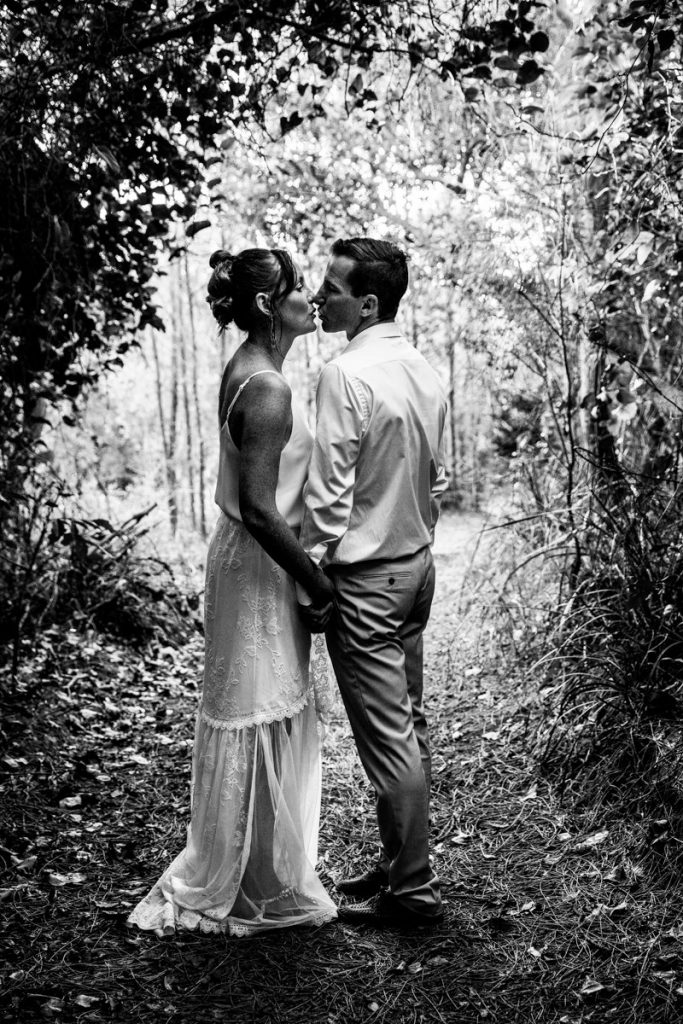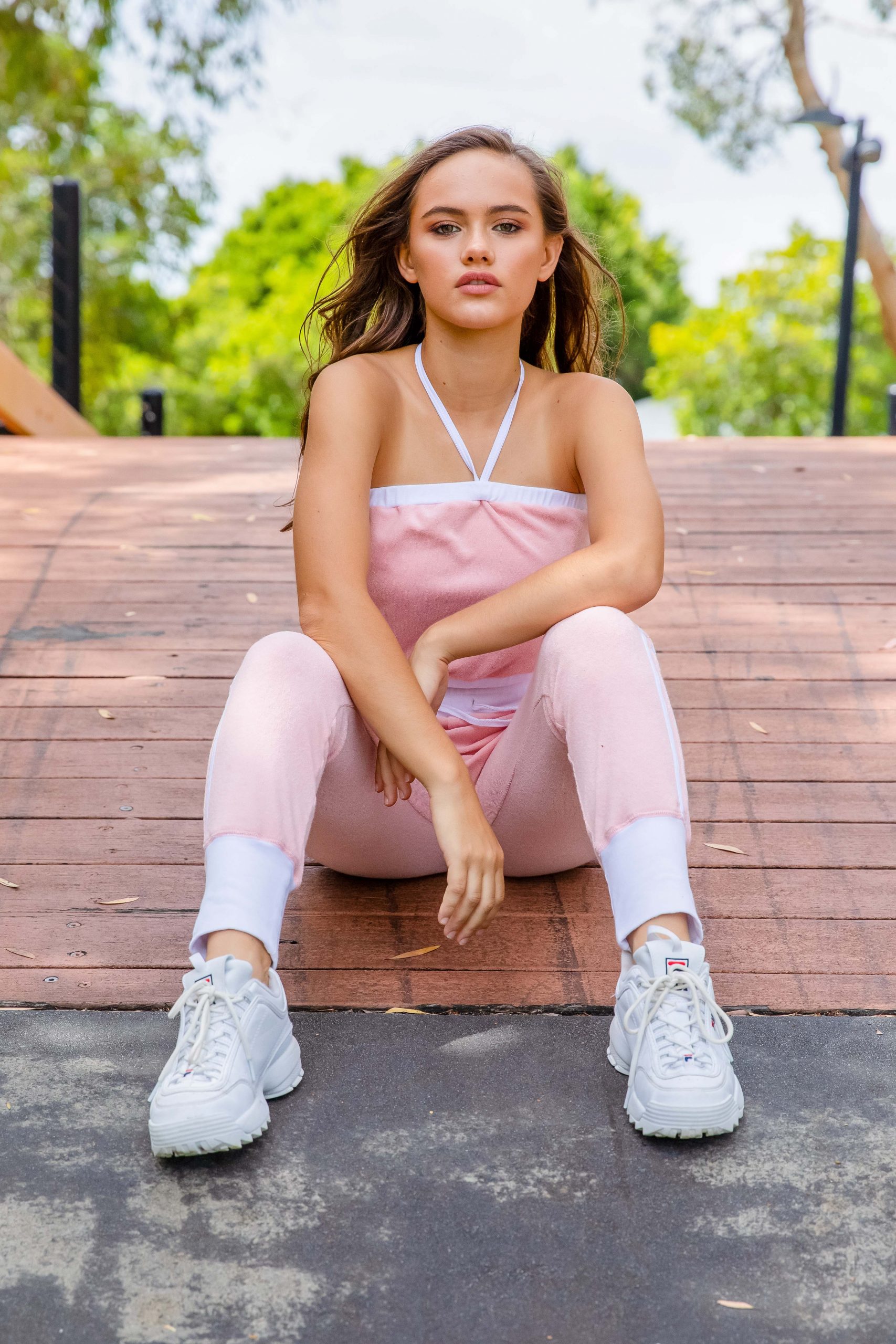The Novice's Overview to Product Photography
If a image deserves a thousand words, a magnificent product picture deserves a thousand web site visits. Although I do not have data to back up that declaration (yet), product photography can be exceptionally important to your ecommerce web site strategy.
To reach your target audience members that favor acquiring online, you likewise require to give your target market clear, eye-catching pictures of your products.
However product photography isn't as basic as directing as well as firing. Even the most fundamental items require the proper equipment, illumination, and also space to generate gorgeous photos that sell shoppers right from the purchase page.
6 Product Photography Tips (and Examples) for Taking Photo That Market
Here are the ideas, instances, as well as products you'll need to efficiently photo and also market your items in a manner that makes your visitors as well as leads intend to convert.
1. Do not hesitate to use your smart device's cam.
This is the component where I'm meant to convince you to buy a high-end, 50-megapixel (MP) cam with a 100-millimeter screw-on lens. But I'm not mosting likely to do that.
If you currently possess a electronic camera that fits this summary, take advantage of it. But for lots of kinds of products, it's entirely appropriate to fire product photos on a smartphone.
Newer smartphones flaunt effective camera lenses as well as setups that enable you to optimize your shots for the different types of light and also atmospheres you may shoot in.
If you require extra persuading, simply take a look at Apple's Shot On An apple iphone project and also the photos that have actually arised from it for many years such as this:
2. Fire from a tripod for photo consistency.
Before explaining tripods, I'm bound to start Photographic Composition with a principal guideline: Do not prop your phone versus something sturdy to aim your lens towards the subject.
It's simply as well very easy for this makeshift setup to slide about throughout the shoot and also cause disparities in your pictures' look. If you rest your video camera on, say, a stack of books, just be sure this setup doesn't transform over the course of the shoot.

There's no harm in holding your camera on your own when firing just a few product photos for your ecommerce internet site. But as your organization grows, and also you take more photos of even more items, it can be tough to systematize the product's orientation in each photo when shooting handheld.
To make certain consistency across your items, you'll require a tripod. As well as thankfully, buying one isn't constantly the huge, industrial-sized investment it used to be.
Below are 2 kinds of tripods to think about.
Traditional vs. Adaptable
This is a practice tripod-- there are typical tripods readily available for both cams and smartphones.
A versatile tripod can be adjusted in a variety of ways. You can bend its legs and position it on different surfaces to obtain the angle you require.
Mobile Grip
There's usually a screw on the top of your tripod which affixes to your electronic camera to hold it in place. The underside of the majority of professional-grade cameras has a screw opening just for this objective, yet smart devices can use the complying with adapter:
The adapter grasps the sides of your smart device and can screw right into either sort of tripod, permitting you to run the electronic camera regulates with the phone display encountering outward and toward you.
As soon as you establish which mount you'll require, establish it up in front of your product, and take into consideration putting three items of tape on the ground to mark where you 'd like to maintain each leg of your tripod throughout the shoot.
3. Select all-natural light or fabricated light.
Never take too lightly how certain types of light can enhance (or impede) your product photography. Keep in mind, customers obtain the best consider an thing personally, where they can see every little thing they need to prior to getting. The ideal lights plan assists you expose those vital decision-making product features when all website site visitors need to go on is a photo.
A single illumination arrangement might not benefit every product-- a lights arrangement that benefits some products might damage the appearance of others.
There are 2 sorts of light you can choose as your major source of light: natural as well as man-made light.
Natural Light
Natural light describes sunshine-- simple as that. It's also called "soft light" because the sun casts a bigger, softer series of light than, claim, a light radiating directly on the product. Ecommerce product shots flourish in natural light if:
The product is shot outside or suggested to be utilized outside.
The product is utilized by, endured, or shot with a individual ( individuals tend to look much better in natural light).You're trying to emphasize the product's environments, rather than particular qualities of the product.
Right here's an example of a shot using natural light:
Fabricated Light
Synthetic light consists of candle lights, fire, and a lot more typically, light bulbs. It's additionally described as "hard light" since it creates a smaller sized but more focused light surface. This type of light deals with items with physical details that need to be highlighted to thrill an online shopper.
As a general regulation, adhere to simply one kind of light per photo-- all-natural or synthetic. Including all-natural light to an synthetically lit photo can soften a product that's suggested to festinate, and including man-made light to a naturally lit photo can develop a product that's indicated to look soft. You don't want to get in your own means.
4. Fill up or bounce your light to soften shadows.

There are 3 ways to do this:
Fill up Light
Include an additional, less-intense source of light to supplement your main light. This extra light is called your fill light and also is used as a counterbalance to soften the all-natural shadow your main light generates behind an object.
To do this, put your fill light contrary your major light so your product sits between both source of lights.
Flashbulb Bounce Card
A bounce card, or reflector card, is a small card that " mirrors" or " jumps" the primary light back onto the surface beneath your product to minimize darkness.
Some bounce cards connect to the flashbulb of a professional electronic camera lens to diffuse the light from the camera's flash. This card sprinkles a softer light onto the subject from over your set-- as opposed to right at it-- so you don't have lengthy shadows trail behind the things you're firing.
Standalone Bounce Card
If you're shooting from a smart device, a flashbulb bounce card isn't an choice, because you don't have a physical flash you can affix it to. Rather, make your very own standalone Environmental Portrait bounce card positioned opposite your major source of light.

For novices to product photography, this bounce card can effectively change your fill light, which counters the hard light from the electronic camera flash or light that's dealing with toward the front of your product.
5. Utilize a move or picture setting to emphasize the product.
There isn't one best method to place your product, lights, as well as bounce cards-- they can transform considerably relying on your history. However don't choose a history based on what's easiest to produce. Backgrounds should resemble how you want your buyers to perceive your product when viewing it online.
Think about initially whether you would certainly like a white history or a more dynamic, real-world history. There's an simple way to attain every one.
White Background: Move
For white backgrounds, it's not as simple as establishing a table against white drywall. Also smartphone cams can get little blemishes on a white wall that you wouldn't discover with the nude eye. To catch a excellent white history without corners or acnes, utilize a move.
A move is a large bendable sheet of paper, whose lower acts as the surface area beneath your product and then curves up right into a white wall behind the product.
On cam, the sweep's contour is undetectable, emphasizing key product information and allowing the product to have all of a site visitor's focus.
Real-World History: Picture Mode
Dynamic, real-world histories are extremely enticing when capturing items that have a details usage or are being modeled by a individual-- as you saw aware of the briefcase earlier in this overview.
Yet, it's very easy for a real-world history to take the emphasis of the photo, making it vague which thing in the photo you're really selling.
Give your product depth and emphasis with portrait setting, a picture setting on most specialist cams, as well as likewise available on many new smart devices. This setup obscures the background so the context of the product is clear yet not completing against the product itself.
Below is a super incredible photo of a HubSpot pen taken in portrait mode on a Google Pixel 2 (I took this photo myself). You can inform the pen remains on a desk with a computer system behind it, however the pen is still the centerpiece for customers:
6. Fire a variety of images.
My last ecommerce photography tip to you is to not stop at one photo per product. Just as your customers look, hold, use, and even try on product in a shop, your site needs to shoot a selection of images to mimic this really experience.
If you're firing apparel, as an example, capture the garment of clothes alone-- that is, expanded on a white surface area-- as well as on a mannequin whose color contrasts the shade of the product.
After that, for additional pictures, have the clothing modeled on a individual, enabling you to take pictures of the product from the individual's various poses and also angles.
Product Photography Set Up
Next, let's summarize what we simply received-- right here's a list of fast product photography set up ideas that you can describe and also share on your team:
• Select a video camera-- whether that means using your mobile phone.
• Obtain a tripod that works for your electronic camera of choice.
• Choose all-natural or fabricated lighting-- think about which option is best for your product and setting.
• Determine whether you'll load or jump light.• Select sweep or picture mode.
• Take numerous different photos to offer your audiences variety.
Start With Your Product Photography
Do not feel required to invest in every tip and also tool at once. Apply these product photography suggestions slowly to see what makes your store look one of the most nice, as well as alter your approach as your photography chops get better.